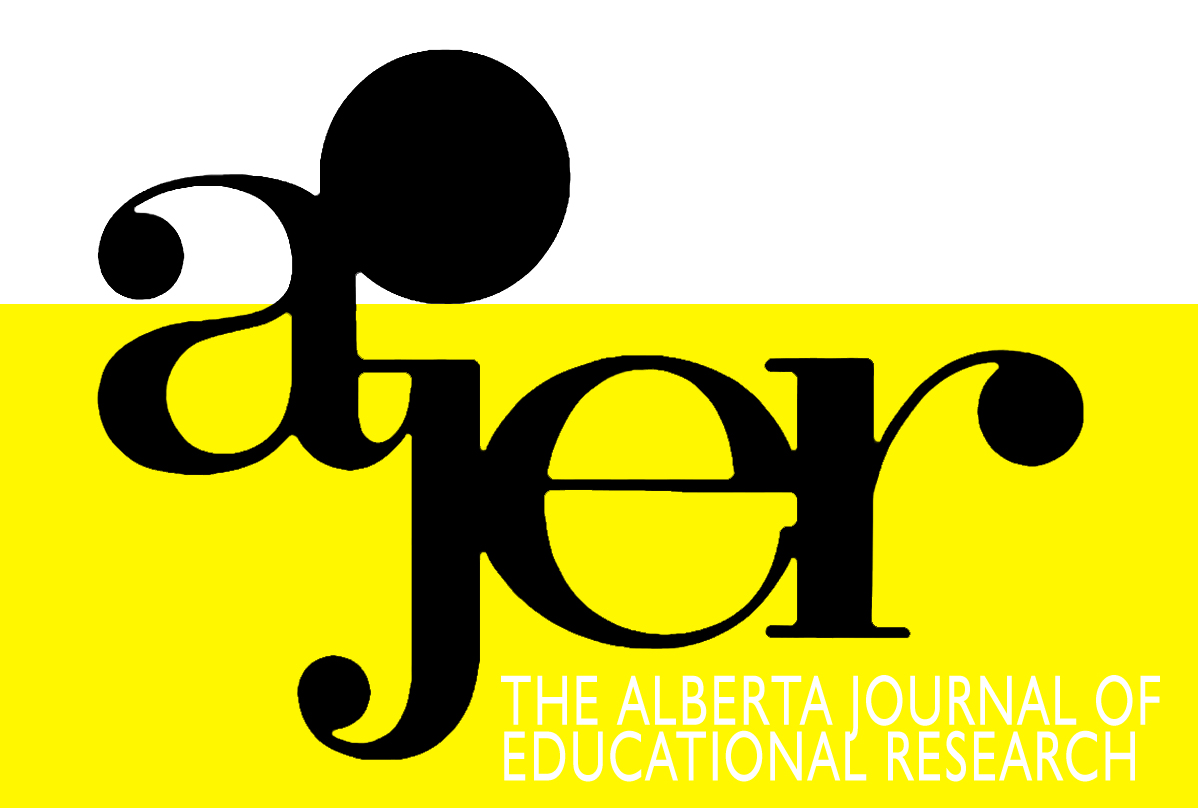Four Shades of Feedback: The Content of Feedback from Faculty Supervisor, Cooperating Teacher, Peers and Students in Practice Teaching and Its Effects on Self-Reflection and Self-Regulation
DOI:
https://doi.org/10.55016/ojs/ajer.v65i3.56667Abstract
This qualitative case study, grounded on self-reflection and self-regulation framework, investigated the content and scope of feedback provided by cooperating teachers, faculty supervisor, peers and students in the practicum school and the influence of feedback on preservice teachers’ self-reflection and regulation skills. The participants were 28 senior preservice teachers who attended Practice Teaching course. The data was collected through written feedback reports by the cooperating teacher, faculty supervisor, peers, and the students; it included reflection reports and the answers to open-ended questions by participants. The results of the content analysis revealed that the feedback by cooperating teacher, peers, and students centred on similar aspects. An evaluation of the performer’s behaviours, attitudes, and actions formed the what side, while the faculty supervisor provided feedback with more comprehensive content referring to the what, why and how aspects in the performance. The three types of feedback provided a chance for the participants to reflect-on-action, while the supervisor’s feedback indirectly promoted reflection-in-action.
Key words: feedback; teaching practice; self-reflection; self-regulation
Cette étude qualitative de cas, axée sur un cadre d’autoréflexion et d’autorégulation, se penche sur le contenu et la portée de la rétroaction fournie par des enseignants coopérants, des pairs, des élèves et un superviseur de la faculté à l’école de stages, d’une part, et de l’influence de cette rétroaction sur les capacités d’autoréflexion et d’autorégulation des stagiaires, d’autre part. Les participants regroupaient 28 stagiaires seniors inscrits au cours de pratique de l’enseignement. Les données ont été recueillies par la lecture de rapports écrits constituant la rétroaction par les enseignants coopérants, le superviseur de la faculté, les pairs et les élèves. Les données comprenaient également des rapports d’introspection et des réponses à des questions ouvertes par les participants. Les résultats de l’analyse de contenu révèlent que la rétroaction de la part des enseignants coopérants, des pairs et des élèves portait sur des aspects similaires. L’évaluation des comportements, attitudes et actions des stagiaires répondait à la question du quoi alors que la rétroaction de la part du superviseur de la faculté répondait de façon plus globale au quoi, qui et comment du rendement des stagiaires. Le premier type de rétroaction offrait aux stagiaires l’occasion de réfléchir sur leur sur leur pratique d’enseignement alors que celle du superviseur leur donnait indirectement la possibilité de réfléchir pendant qu’ils pratiquaient l’enseignement.
Mots clés : rétroaction; pratique d’enseignement; autoréflexion; autorégulation
Downloads
Downloads
Published
How to Cite
Issue
Section
License
UNIVERSITY OF ALBERTA COPYRIGHT LICENSE AND PUBLICATION AGREEMENT
If accepted, authors will be asked to sign a copyright agreement with the following points:
A. Where there is any inconsistency between this Copyright License and Publication Agreement and any other document or agreement in relation to the same subject matter, the terms of this Agreement shall govern.
B. This document sets out the rights you are granting in relation to publication of your article, book review, or research note entitled (the “Article”) through inclusion in the academic journal titled Alberta Journal of Educational Research (the “Journal”) published through the Faculty of Education, representing the Governors of the University of Alberta (the “Journal Editor”).
C. There will be no payment to you for this publication and grant of rights. In consideration of the agreement to publish the Article in the Journal:
1. You are warranting that:
- the content of the Article is your original work, and its content does not contain any material infringing the copyright of others; or, where the Article is not entirely your original work, you have obtained all necessary permissions in writing to grant the rights you are giving in this agreement;
- the content of the Article does not contain any material that is defamatory of, or violates the privacy rights of, or discloses the confidential information of, any other person;
- the Article has not been published elsewhere in whole or in part, and you will not allow publication of the Article elsewhere without the consent of the Journal Editor;
- the names of all co-authors and contributors to the Article are:
2. You agree to license the copyright in the Article to the Journal Editor, on a worldwide, perpetual, royalty free basis; and to the extent required by the terms of this agreement. You shall retain the right at all times to be acknowledged as the/an author of the Article.
3. You further agree that the Journal Editor has the entitlement to deal with the Article as the Journal Editor sees fit, and including in the following manner;
- The right to print, publish, market, communicate and distribute the Article and the Journal, in this and any subsequent editions, in all media (including electronic media), in all languages, and in all territories, ing the full term of copyright, and including any form of the Article separated from the Journal, such as in a database, abstract, offprint, translation or otherwise, and to authorize third parties to do so;
- The right to register copyright of the Journal;
- The right to edit the Article, to conform to editorial policy as the Journal Editor sees fit.
4. If any co-author or contributor to the Article does not sign this agreement, the Journal Editor reserves the right to refuse to publish the Article.



